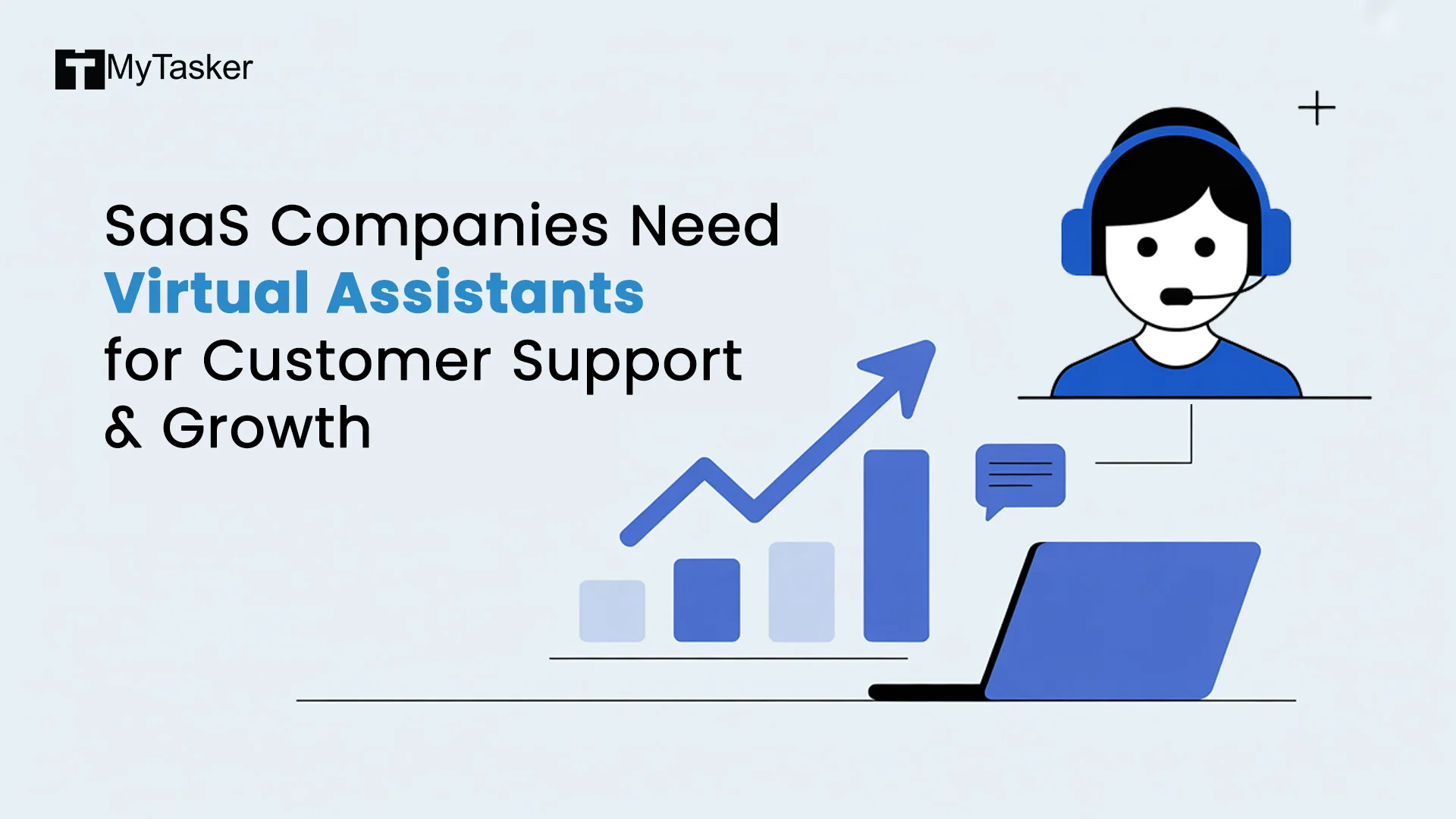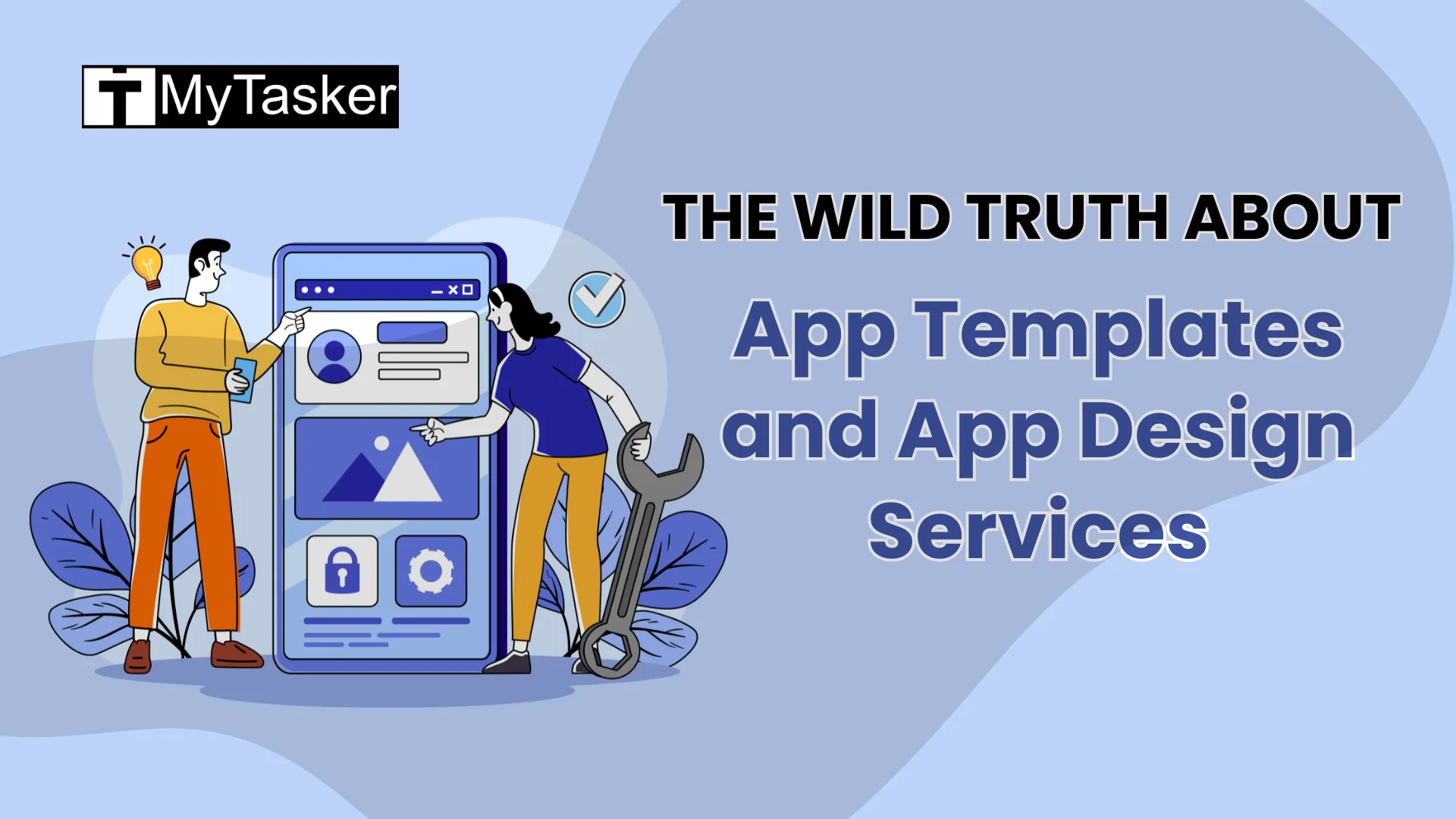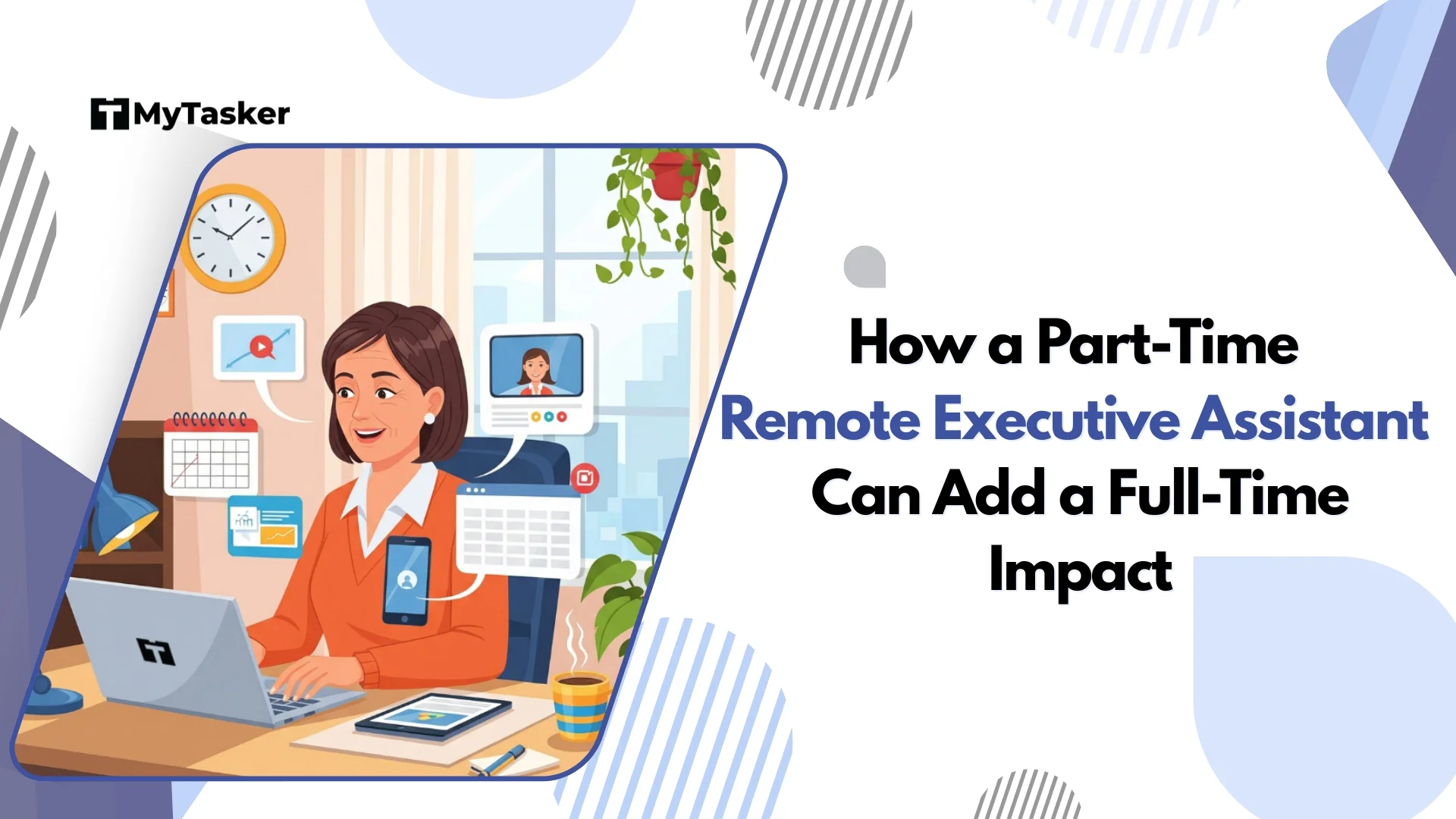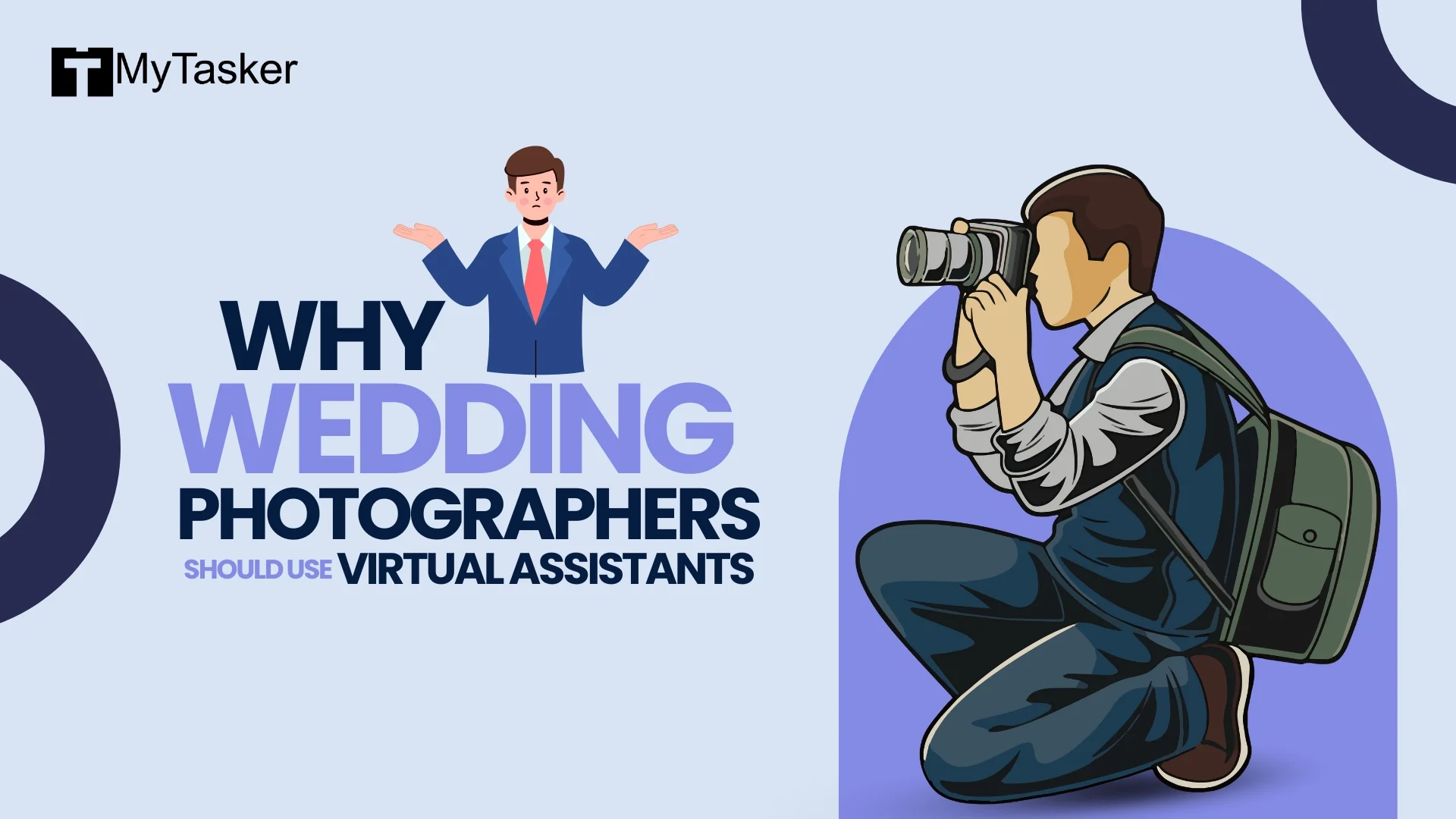Let me ask you something—are you running your business, or is your business running you?
In the era of AI and digitalization, the way we work has changed. It’s no longer about being stuck in a cubicle or tied to an office chair. It’s about freedom, efficiency, and results.
And when it comes to getting the support you need to grow and scale, the question becomes clear:
Do you go traditional, or do you go virtual?
Let’s get real and spill the tea about Freelance Virtual Assistants vs. Traditional Assistants—so you can make the empowered choice that aligns with your goals, your vision, and your lifestyle.
The New-Age Power Player: Freelance Virtual Assistant
A freelance virtual assistant (VA) isn’t just a remote worker. They’re your behind-the-scenes ninja, your efficiency machine, your secret sauce.
They bring skills—real, measurable, in-demand skills—to the table: admin support, customer service, social media management, content creation, inbox detox, data entry—you name it. They work remotely, usually as freelancers or through power teams like MyTasker, and they’re built for speed, flexibility, and laser-sharp execution.
They don’t just clock in. They deliver.
The Classic Contender: Traditional Assistant
Now don’t get me wrong—there’s still a place for the traditional assistant. These are the people who show up physically, sit outside your office door, handle your calls, schedule your meetings, and sometimes grab your coffee.
They work best in brick-and-mortar businesses that rely on in-person operations. They’re present, they're steady, and they can be an extension of your physical presence.
But here’s the deal—you’ve got to decide what kind of momentum you’re building.
The Showdown: Traditional Assistant vs. Freelance Virtual Assistant
Let’s break it down like a champion preparing for battle. The difference lies in how you want to scale, how you want to live, and how fast you want to move.
Location
-
Traditional Assistant: Physically in the office. Need face time? They’re right there.
-
Virtual Assistant: Global. Remote. Online. They work wherever the Wi-Fi flows and results follow.
Ask yourself: Do you need someone in your office—or do you need someone in your corner?
Flexibility
-
Traditional Assistant: Bound by the 9-to-5. Great if your business is locked into traditional hours.
-
Virtual Assistant: Agile. Flexible. Night owl? Early bird? Global timezone? They’re ON it.
Power move: Virtual assistants work when you sleep. That's exponential productivity.
Cost
-
Traditional Assistant: You're paying for office space, benefits, insurance, maybe even birthday cake.
-
Virtual Assistant: No overhead. No fluff. Just performance-based pricing and precision delivery.
Your ROI? Through the roof. Imagine saving thousands while getting more done.
Scope of Work
-
Traditional Assistant: Jack-of-all-trades, but mostly limited to office tasks and logistics.
-
Virtual Assistant: Specialists. Need a content wizard? A social media rockstar? A bookkeeping ninja? VAs are highly focused pros.
Level up: Build your dream team by plugging in the exact skill set you need, when you need it.
Communication
-
Traditional Assistant: Face-to-face, watercooler chats, hallway meetings.
-
Virtual Assistant: Slack. Zoom. Trello. Google Workspace. They’re fluent in the tools of the new era.
Bottom line: Communication isn’t about proximity. It’s about clarity, systems, and alignment.
Hiring & Onboarding
-
Traditional Assistant: Long hiring cycles. Contracts. HR paperwork.
-
Virtual Assistant: Hire on-demand. Project-based, part-time, full-time—you choose.
Speed wins in today’s economy. VAs let you adapt and grow without the red tape.
The Real Deal: Pros & Cons at a Glance
Freelance Virtual Assistant – Pros
-
Lower costs = more margin
-
No physical office required
-
Work with talent from ANYWHERE
-
Access to specialized skill sets
-
Scalable, fast, efficient
Freelance Virtual Assistant – Cons
-
Requires digital communication savvy
-
Less control over their environment
-
Needs clear onboarding processes* Time zone differences (can be a win if managed right)
Traditional Assistant – Pros
-
In-person support
-
Part of company culture
-
Can handle errands or in-person tasks
-
Immediate support for executives
Traditional Assistant – Cons
-
Expensive (salaries, office costs, benefits)
-
Limited flexibility
-
Tied to your location
-
May not have digital specialization
Which One Supports Your Mission?
Choose a Freelance Virtual Assistant if:
-
You’re building a remote or digital business
-
You need specialized support without the overhead
-
You want freedom, flexibility, and fast scale
-
You want to reinvest saved costs into growth
Choose a Traditional Assistant if:
-
You have a physical office and need someone on-site
-
You prefer daily in-person interactions
-
You want someone to handle physical tasks
-
Your business is location-dependent
Why Smart Businesses Are Going Virtual
Let me give it to you straight—the future is virtual.
Remote tools like Zoom, Trello, Notion, and Slack have broken down the barriers of geography. You don’t need an assistant next door. You need an assistant who gets stuff done. Businesses around the world are realizing that a high-performing VA can be the difference between burnout and breakthrough.
And here’s where MyTasker becomes your launchpad. They’re not just offering VAs—they’re offering support teams who are trained, tested, and ready to serve your mission.
Whether you’re a coach, creator, CEO, or eCommerce boss—MyTasker’s virtual assistants are your growth partner.
Your Support Team Is Your Leverage
This isn’t just about assistants. It’s about leverage.
The right support system isn’t a luxury—it’s a necessity if you want to break through limits and level up.
You don’t have to do it all. You have to delegate what drains you, and dominate what drives you.
So the question is no longer Should I hire support?—the question is:
Are you choosing the team that accelerates your momentum… or slows it down?
Choose boldly. Choose wisely. Choose growth. Let’s meet your personal assistant!















